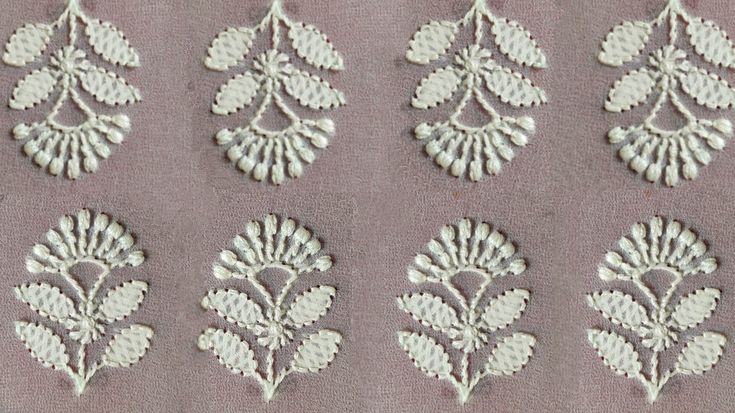
Tales from Semal Handicrafts
The Art of Chikankari: An Exploration of Key Stitches with a Focus on Ulti Bakhiya
The Art of Chikankari: An Exploration of Key Stitches with a Focus on Ulti Bakhiya
Chikankari, an ancient embroidery technique originating from Lucknow, India, has been mesmerizing the world for centuries. Evoking grace and sophistication, Chikankari embroidery offers a delicate art form that utilizes a variety of stitches to create intricate designs on fabric. In this blog, we will explore some of the key stitches used in this art form, placing a special focus on the widely used "Ulti Bakhiya" stitch, a technique beautifully demonstrated in the accompanying video by an expert artisan.
Key Stitches in Chikankari
-
Tepchi Stitch: A long-running stitch worked with six strands of thread on the right side of the fabric, Tepchi is often used for creating outlines or laying the foundation for other types of stitches.
-
Murri Stitch: These are small, rice-shaped stitches that are used to fill in the petals and leaves in a floral motif. It's a challenging stitch that requires a great deal of precision.
-
Phanda Stitch: This technique is used to create the tiny knot-like stitches in Chikankari work. It is often used alongside Murri to provide a textured feel.
-
Jaali Stitch: A standout stitch that creates a net-like effect, the Jaali stitch involves pulling the warp and weft threads apart without cutting or knotting them.
-
Keel Kangan: This stitch is characterized by its elongated form resembling a keel. It is often used to outline leaf or petal motifs, making them pop out.
Spotlight on Ulti Bakhiya Stitch
The Ulti Bakhiya stitch holds a special place in Chikankari work. It is often called the "shadow work" or "reverse satin stitch" because it gives the appearance of the embroidery being the same on both sides of the fabric.
Characteristics:
-
Symmetry: The beauty of Ulti Bakhiya lies in its symmetry. The stitch ensures that the design appears almost identical on both sides of the fabric.
-
Intricacy: It's a meticulous stitch that requires careful calculation and patience. The attention to detail is evident in the final product, which radiates finesse.
-
Versatility: The stitch is versatile enough to be used in both intricate floral motifs and geometric designs.
-
Texture: Ulti Bakhiya provides a slightly raised texture to the fabric, which adds to the dimensionality of the design.
-
Shadow Effect: The stitch is so named because it produces a beautiful shadow effect, adding depth and intrigue to the design.
The video attached to this post showcases an artisan skillfully performing the Ulti Bakhiya stitch, encapsulating years of tradition in each movement. Every stitch narrates a story, a history, and a culture that has been preserved through generations.
Chikankari is not merely a form of embroidery; it's a labor of love passed down through ages. And among its myriad stitches, Ulti Bakhiya stands as a testament to the skill and patience that this art form demands.
If you're interested in learning more about the intricacies of Chikankari embroidery or perhaps even trying your hand at some of these stitches, stay tuned for more posts! Until then, let the beauty of Chikankari continue to inspire you.









